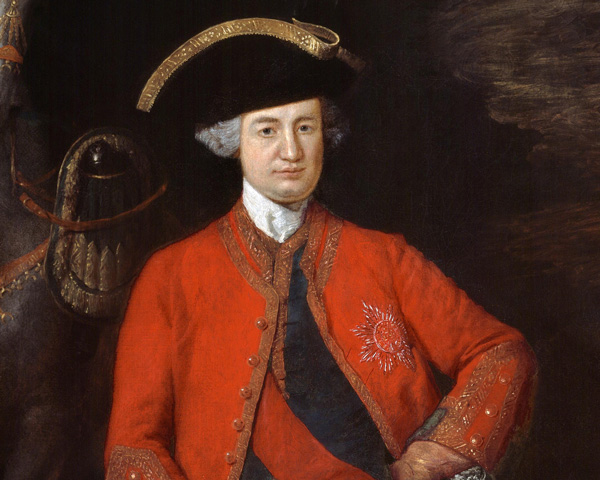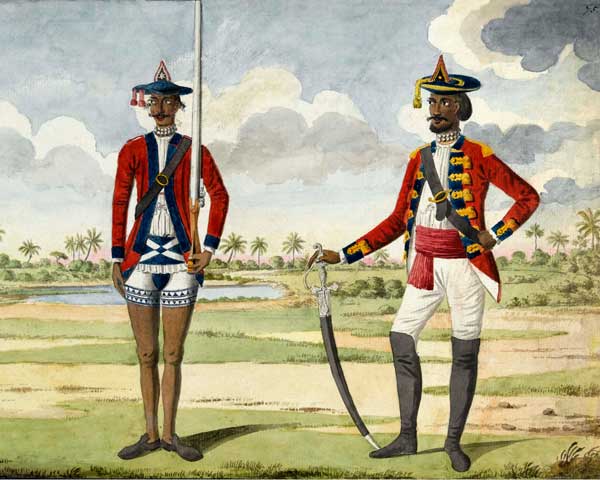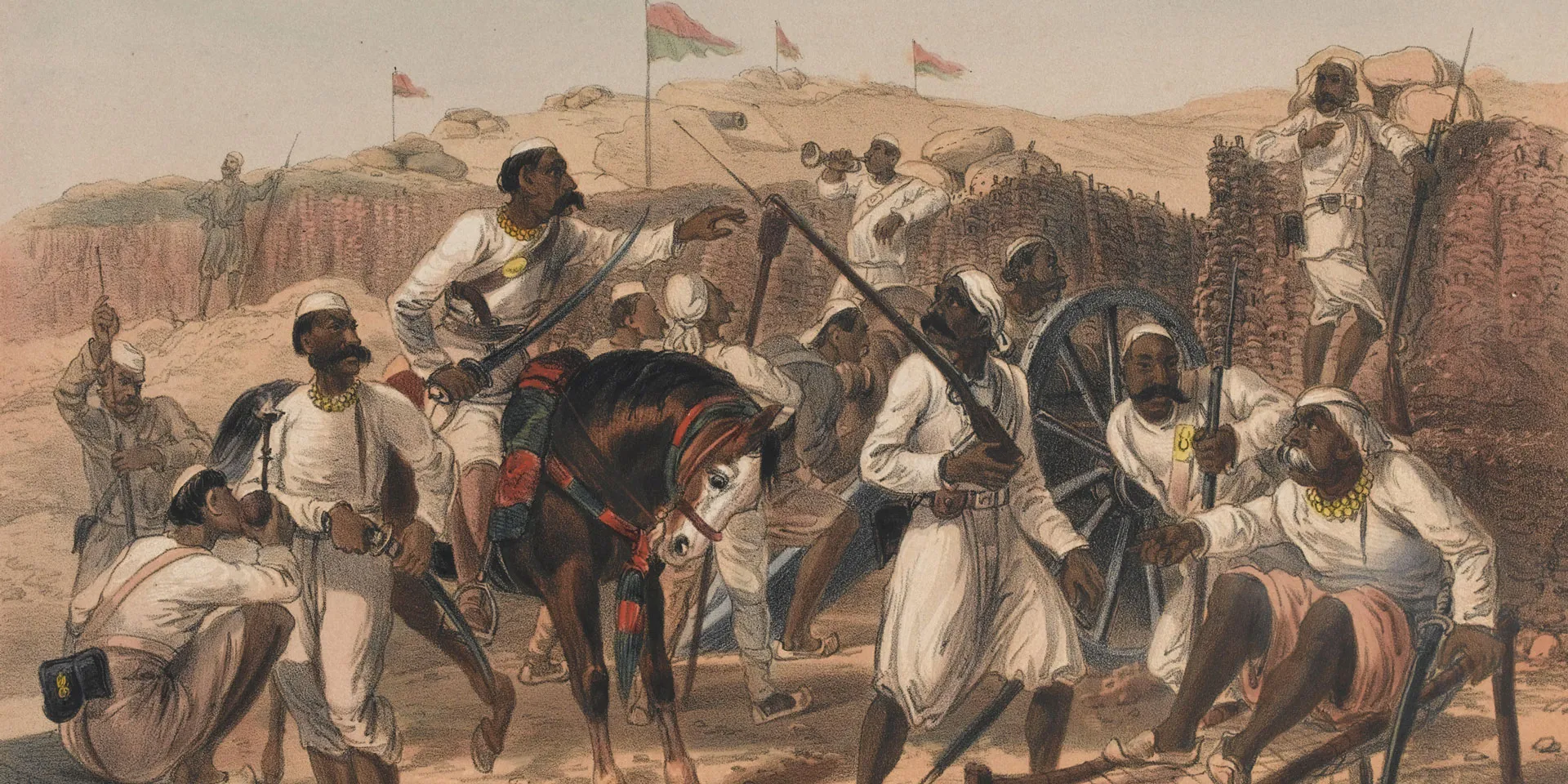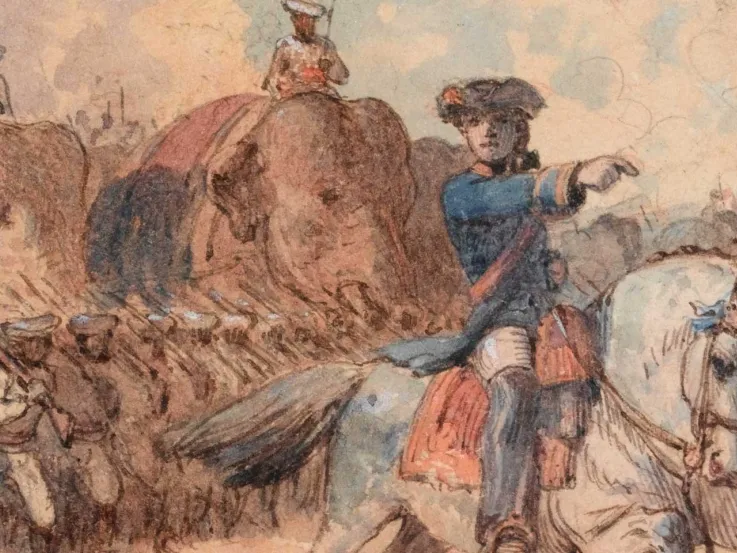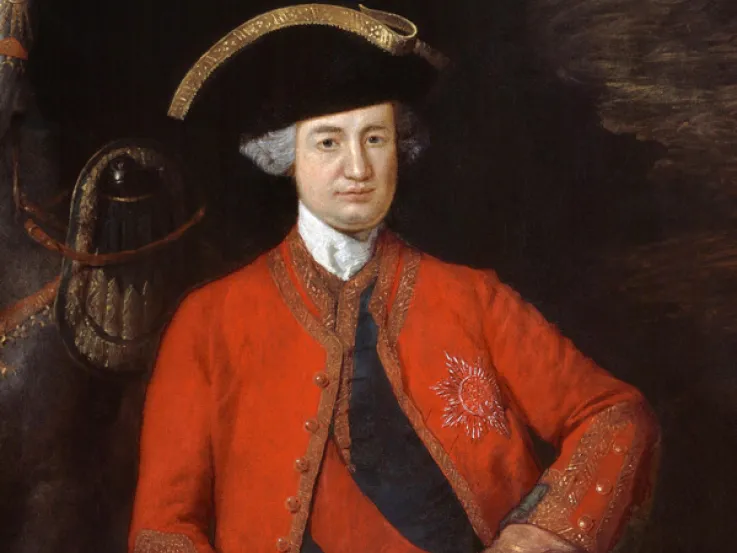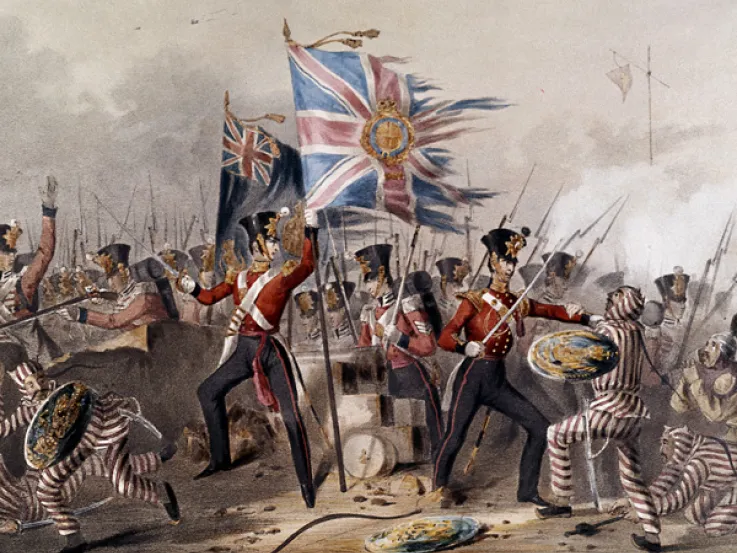Origins
Following the loss of the American colonies in the War of Independence (1775-83), India became the centrepiece of Britain's overseas possessions. This was partly the product of ongoing Anglo-French conflict, but also of the East India Company’s interventions in the political and commercial rivalries of the fragmenting Mughal Empire.
Formed in 1600, the East India Company traded in Asian textiles, spices, porcelain and tea. As it grew, it needed to secure its Indian settlements from European rivals and hostile locals. It purchased land from Indian rulers and recruited troops to protect these ‘Presidencies’. Eventually, these forces evolved into the Bengal, Bombay and Madras Armies.
Dominance
The Company became India’s dominant power following victories at the Battles of Plassey (1757), Wandewash (1760) and Buxar (1764). Its supremacy was confirmed in 1765, when it secured from the weak Mughal Emperor the right to gather tax and customs duties in Bengal, India’s richest province.
Now an imperial administrator, the Company expanded its domains at the expense of native powers like Mysore (1767-99), the Marathas (1775-1818) and the Sikhs (1845-49). This expansion was driven by a mixture of personal ambition, commercial interest, concerns about security, and the need for revenue. By the mid-1850s, the Company governed two thirds of the subcontinent.
Company rule
The Company’s rule in India was heavily criticised by many at home. Several of its leading figures - including two governors of Bengal, Sir Warren Hastings and Major-General Robert Clive - were denounced as corrupt 'nabobs' who used their political and military influence to amass personal fortunes.
But as long as the profits rolled in, the British state took an arms-length approach to regulation, at least initially. At one time, a tenth of the British exchequer's revenue came from customs duties on Company imports.
Eventually, Company misrule and a series of financial crises led to government bail-outs, greater state intervention in its affairs and the removal of its trading monopolies in the East.
Armies
Each of the Company’s three ‘Presidencies’ - Bengal, Bombay and Madras - maintained its own army. At first, these amounted to no more than a handful of factory guards. But from the 1740s onwards, as Anglo-French rivalry spread to India, they started to grow.
The Company troops’ superior European training and weaponry also enabled them to defeat Indian forces many times their size. At Buxar (1764), for example, around 7,000 Company troops defeated nearly 40,000 enemy soldiers.
Eventually, the Bengal Army became the largest and most important of the three forces. Its commander-in-chief was recognised as the senior Company military figure in India.
British Army units were sometimes attached to the three armies. The Crown lent these in times of need, with the Company usually underwriting the cost of their deployment. The first British regiment posted to India was the 39th Foot, which arrived in 1753.
Many British Army officers first came to prominence serving alongside and leading Company troops, including General Sir Eyre Coote and General Sir Arthur Wellesley (the future Duke of Wellington).
Officers and men
By the early 19th century, the Company’s army was 250,000-strong, larger than that of many nations. The officers were British and there were several regiments composed only of Europeans. But the vast majority of Company soldiers were Indian.
The Company was quick to combine Western weapons, uniform and military training with Indian martial traditions. In a society where warriors were well respected, it could always attract new recruits with the prospect of good pay, pensions, land grants and honoured status.
Although some British Army officers transferred to its service, the Company also operated a system of patronage in Britain to commission officers directly. In 1809, the Company established a college at Addiscombe in Surrey to train its officer cadets in military subjects and Indian languages.
Princely states
During many campaigns, the Company’s armies were assisted by the forces of Indian ‘princely states’. These were not British possessions, but semi-independent territories subject to varying degrees of political supervision through a system of subsidiary alliances.
These states maintained their own armies and often employed Company officers to command their troops. In large states like Hyderabad and Gwalior, the Company also maintained small armies - known as the Hyderabad/Gwalior Contingents - which operated besides the states' own small forces.
Global campaigns
The main priorities for the East India Company’s soldiers were the defence and internal order of India. But they also allowed Britain to project its power more broadly across the eastern hemisphere.
As well as intervening in states that neighboured British India, including Nepal (1814-6), Burma (1824-53), Afghanistan (1839-42) and Persia (1856-57), they were despatched further afield, to places such as Egypt (1801), Java (1811) and China (1839-42).
Mutiny
The Company’s mismanagement of India contributed to the outbreak of the Indian Mutiny (1857-59), an uprising of Indian soldiers against their British commanders. Native rulers and thousands of ordinary people joined in this struggle that threatened to destroy British colonial power on the subcontinent.
The British eventually prevailed in the conflict, but it marked the end of Company rule. Political control in India was transferred to the British Crown. A secretary of state for India was appointed and the Crown's viceroy became head of the government.
Europeans transferred
In the aftermath of the Mutiny, the Company’s European units switched to British Army service. The artillery was integrated into the Royal Artillery, while the infantry were retitled as regiments of foot (numbering 100 to 109 in the order of precedence).
Following further reforms of the British Army, some of these became famous Irish regiments like the Royal Munster Fusiliers and the Royal Dublin Fusiliers.
Indian Army
The Crown took over what remained of the Company’s armies. These units were restructured and merged, eventually becoming the Indian Army.
Recruitment of Indian soldiers also changed. The high-caste Hindus from the Ganges Valley who had dominated the Bengal Army - the Company's most important force - were now distrusted due to their role in the Mutiny. They were replaced by Punjabi Muslims, Sikhs, Gurkhas, Baluchis and Pathans.
This restructured force went on to serve in many campaigns on India's unruly North-West Frontier, but also in Afghanistan, China, Burma and elsewhere. During the two World Wars, the Indian Army made a vital contribution to Allied victory, serving in most theatres of war.






